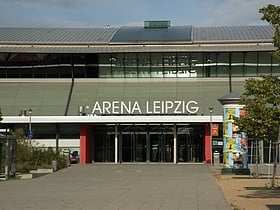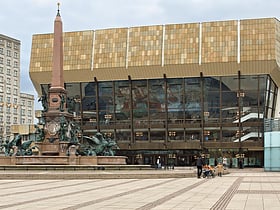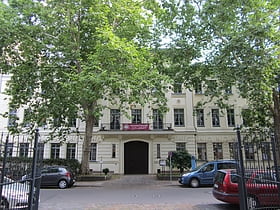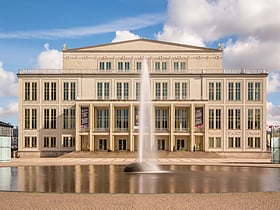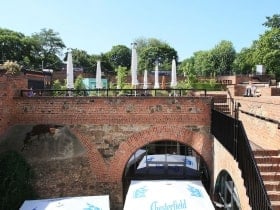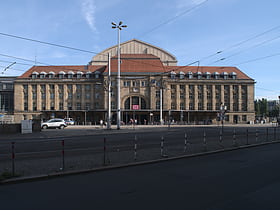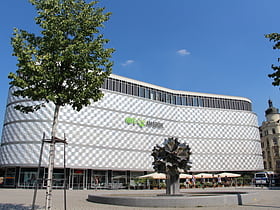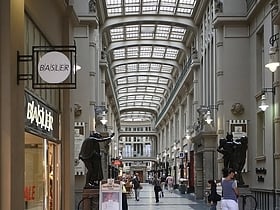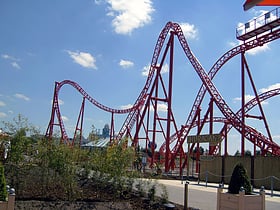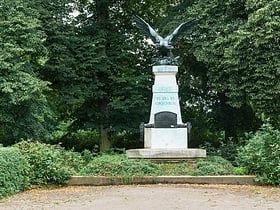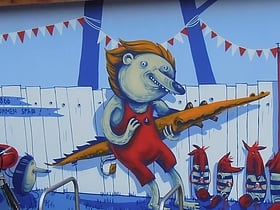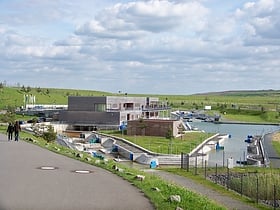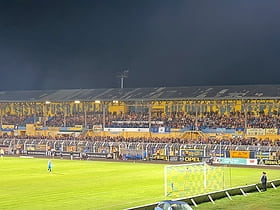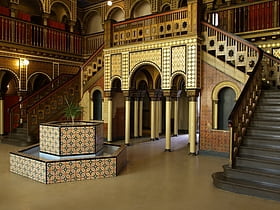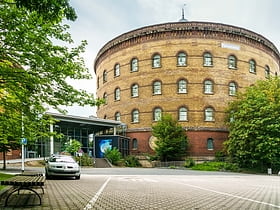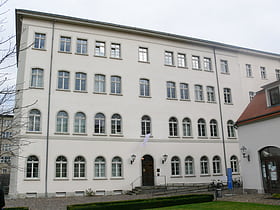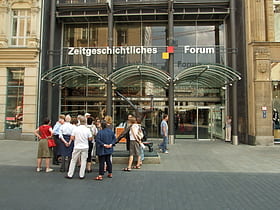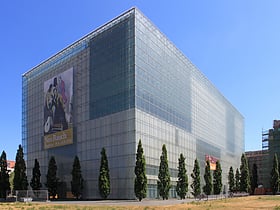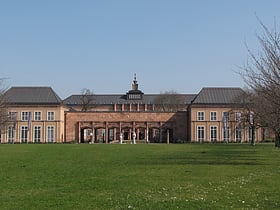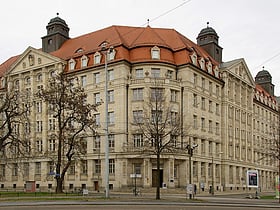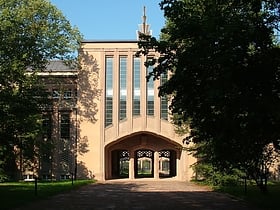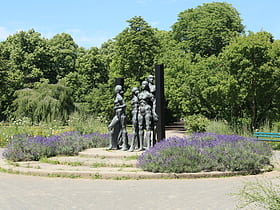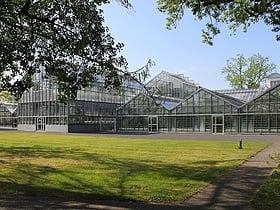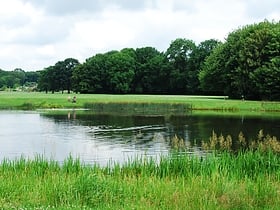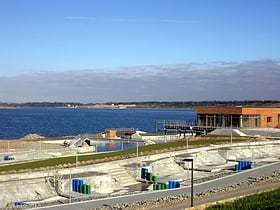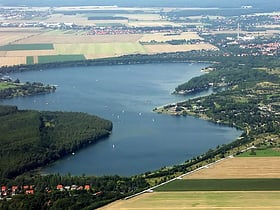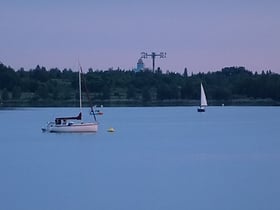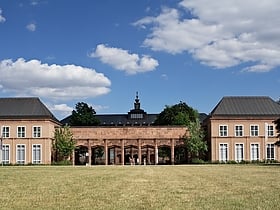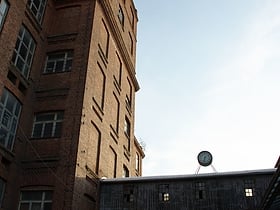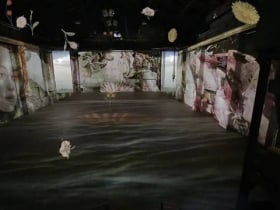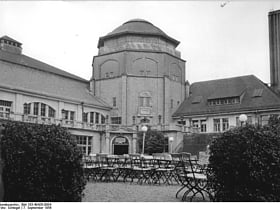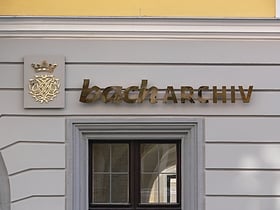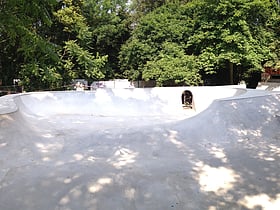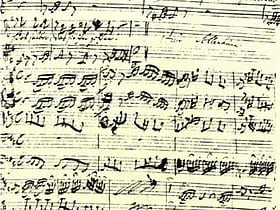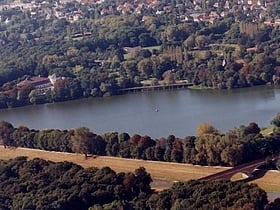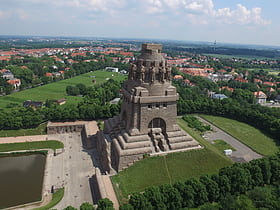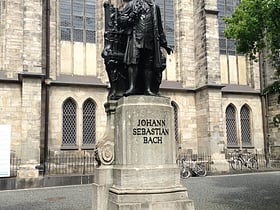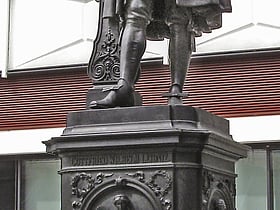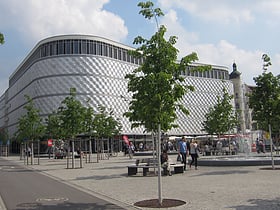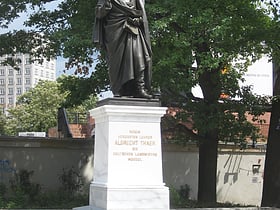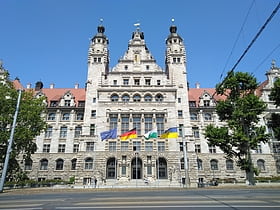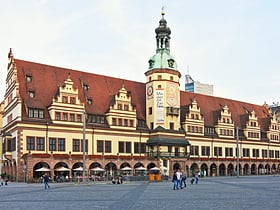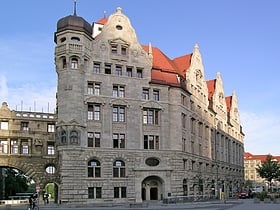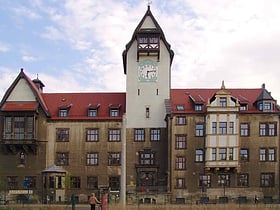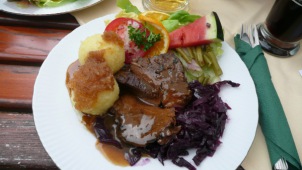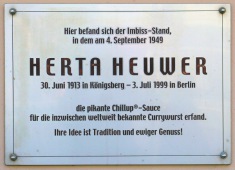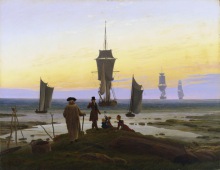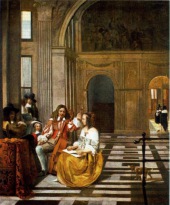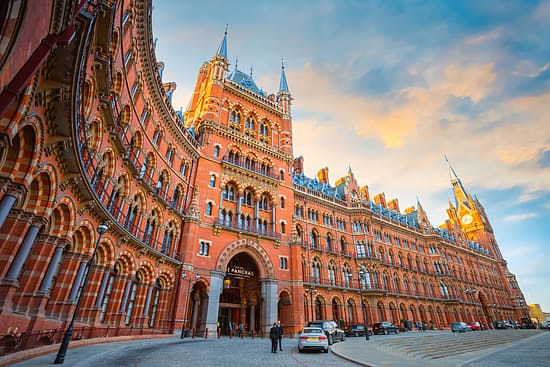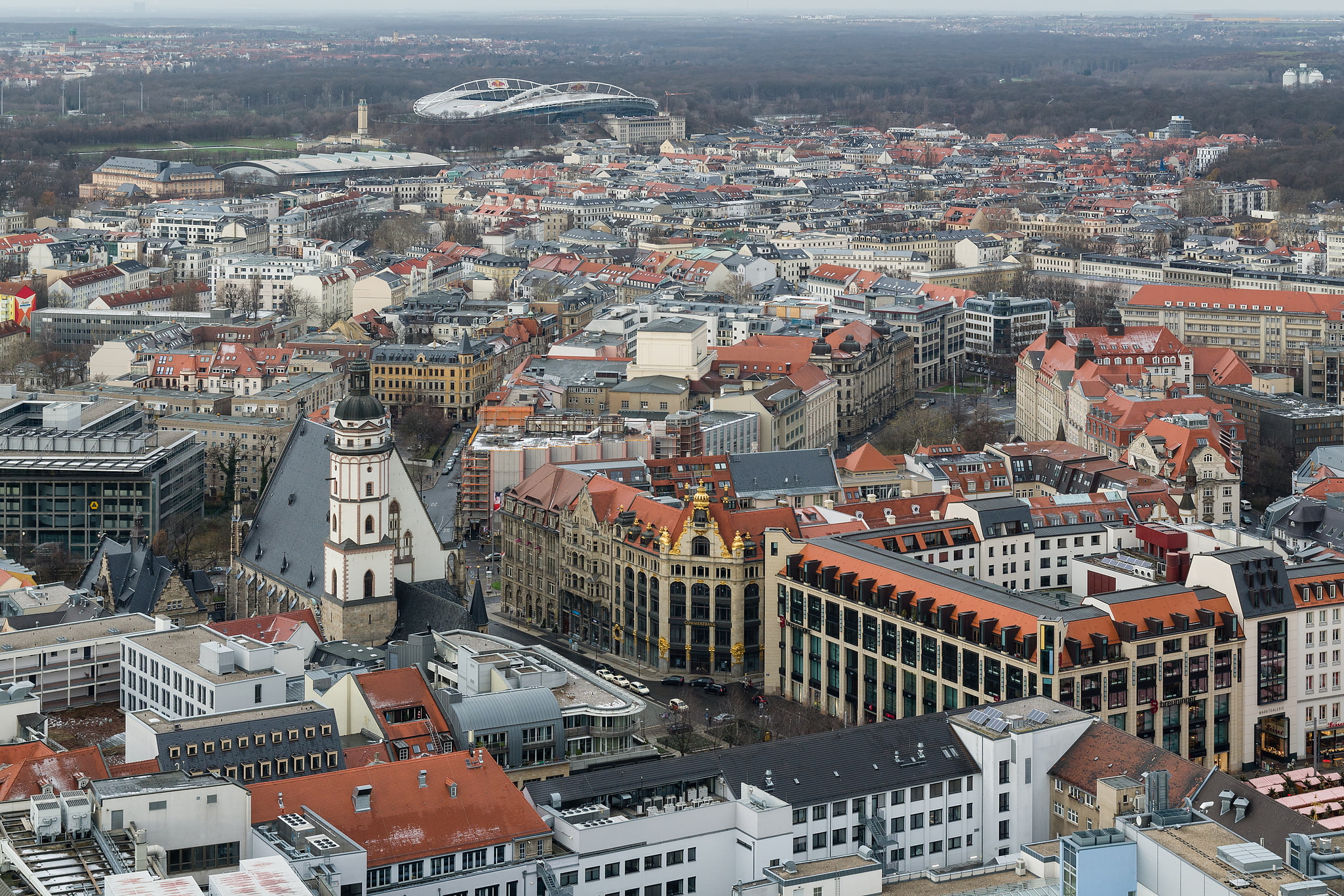
Leipzig Travel Guide
Facts and practical information
Germany, with its profound history and diverse cultural landscape, is a country that continues to captivate visitors from around the globe. Among its vibrant cities, Leipzig stands out as a hub of history, music, and youthful energy, located in the federal state of Saxony.
Leipzig is a city steeped in a rich cultural heritage, renowned for its classical music scene and association with some of the world's most esteemed composers. The city's most famous musical son, Johann Sebastian Bach, served as the cantor at St. Thomas Church, where his legacy is celebrated to this day, with the church's choir, the Thomanerchor, continuing to perform his works. The Gewandhaus Orchestra, one of the oldest symphony orchestras in the world, calls Leipzig home, offering exceptional performances throughout the year.
Beyond its musical prowess, Leipzig played a pivotal role in recent history as the starting point of the Peaceful Revolution that led to the fall of the Berlin Wall and the reunification of Germany. The Nikolaikirche (St. Nicholas Church) was the epicenter of the Monday Demonstrations, peaceful protests that catalyzed political change. Today, visitors can learn about the city's role in these historical events at the contemporary Zeitgeschichtliches Forum museum.
The city also boasts a thriving arts scene, with the Spinnerei, a former cotton mill turned into a creative complex, housing galleries, studios, and cultural spaces. For those interested in the visual arts, the Museum der bildenden Künste (Museum of Fine Arts) showcases a wide array of artworks, ranging from the Old Masters to contemporary pieces.
Leipzig's architecture is a mix of historical and modern, with the Renaissance-style Old Town Hall and the futuristic design of the Leipzig University library standing as testaments to the city's evolving aesthetic. The city center is compact and easy to explore on foot, with the Marktplatz serving as a lively gathering spot, where farmers' markets and events are regularly held.
For a taste of local life, one can stroll through the bustling neighborhoods of Plagwitz and Südvorstadt, where trendy cafes and bars cater to the city's young and dynamic population. Leipzig is also known for its green spaces, such as the Clara-Zetkin-Park and the expansive Leipzig Zoo, one of the oldest in the world, which offers an impressive biodiversity and innovative exhibits like the tropical Gondwanaland.
Leipzig's culinary scene reflects the city's cosmopolitan character, with a wide range of dining options from traditional Saxon dishes to international cuisine. Local specialties such as Leipziger Lerche, a pastry filled with marzipan and jam, and Gose, a regional sour beer, are must-tries for any food enthusiast.
Leipzig Attractions - What to See and Explore
Leipzig offers many attractions and places to visit. Here are the most important ones: Leipzig Zoological Garden, Völkerschlachtdenkmal, St. Nicholas Church, St. Thomas Church. Below you will find a complete list of places worth visiting.
Things to See and Do in Leipzig by Category
Sights, interesting and unusual places and attractions valued by most tourists. See the list of places to visit in Leipzig.
Culture
Shopping
Entertainment
Active
Museum
Specialty museum
Park
Nature
Art museum
Concerts and shows
History museum
Music venue
Lake
Memorial
City hall
Other categories
ChurchHistorical placeNatural attractionSacred and religious sitesLibraryNeighbourhoodFountainLeipzig – popular in the area (distance from the center)
In the vicinity of Leipzig, it's worth seeing attractions such as: Moritzburg (Halle), Marktkirche Unser Lieben Frauen (Halle), Schlosskirche (Wittenberg).
Best Time To Visit Leipzig
Learn when is the best time to travel to Leipzig weather-wise and what to expect in each season.
Best Ways to Experience Leipzig
Food & drink
CuisineA guide to some of the best local dishes and drinks that you will meet in the region.
Art works & crafts
ArtFamous works of special cultural and artistic value related to this location.
There are a huge number of train stations in Europe, many of which are extremely beautiful, so if you appreciate great architecture in an urban landscape, consider seeing some of them!
See article


















